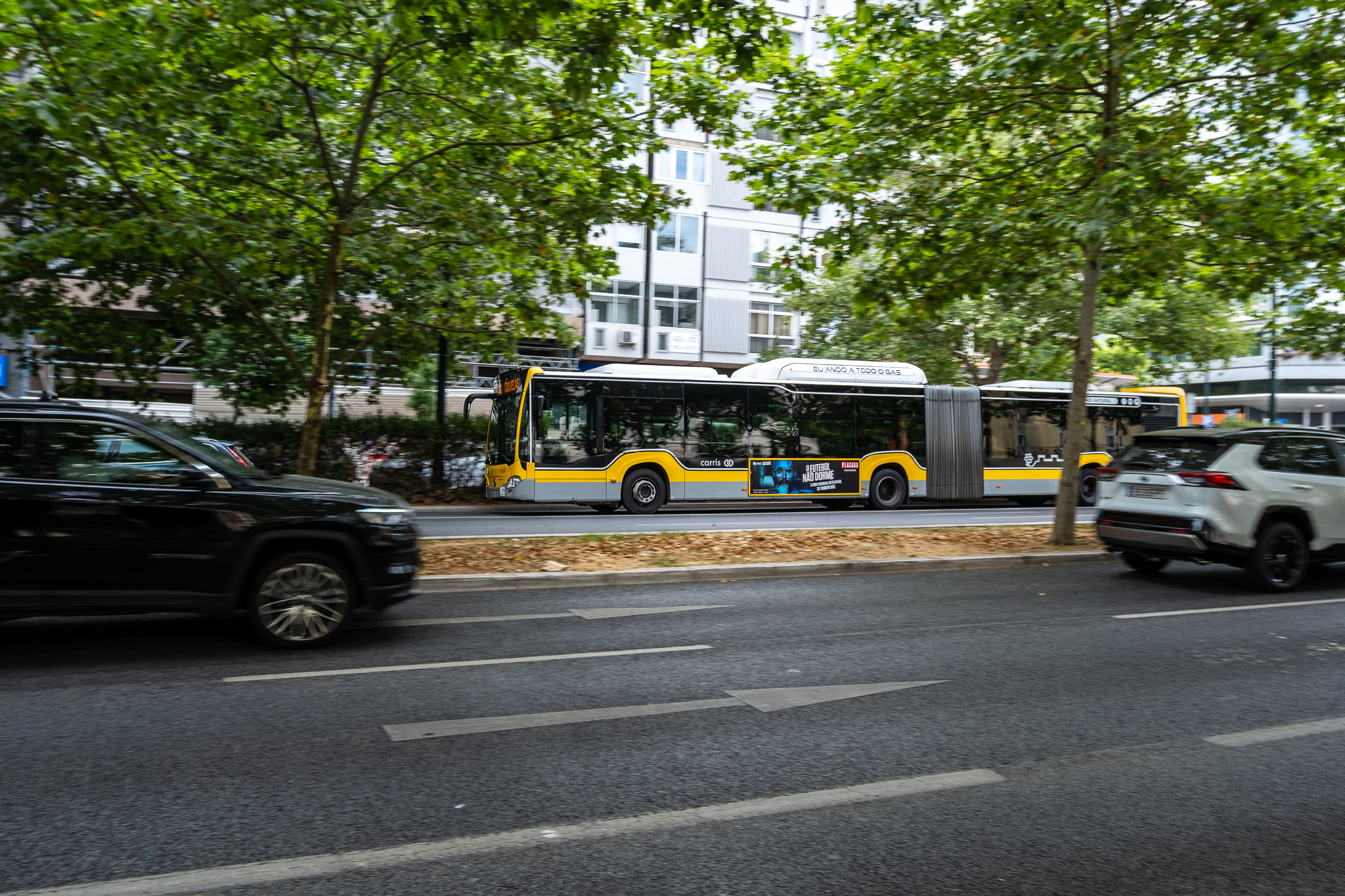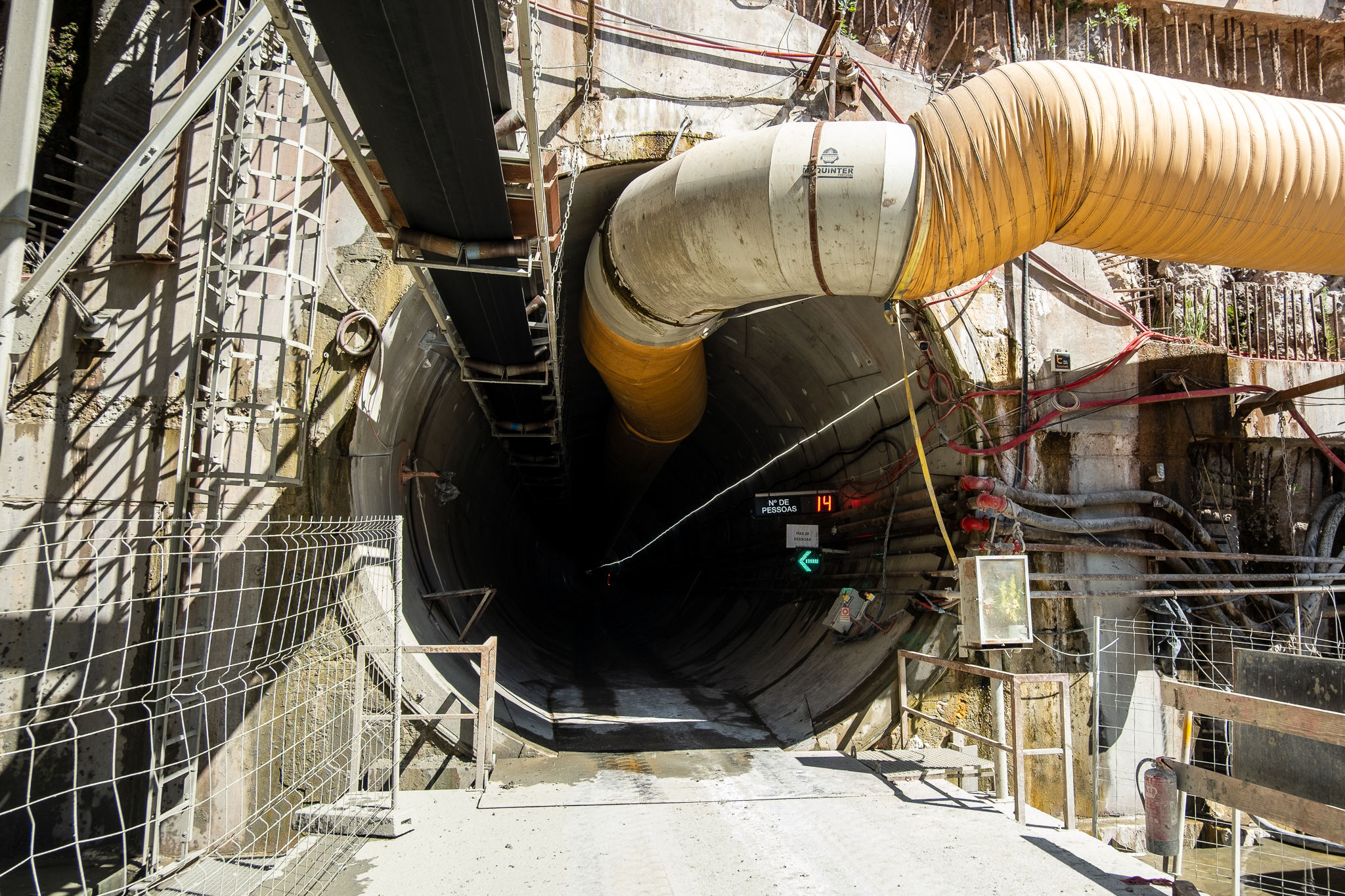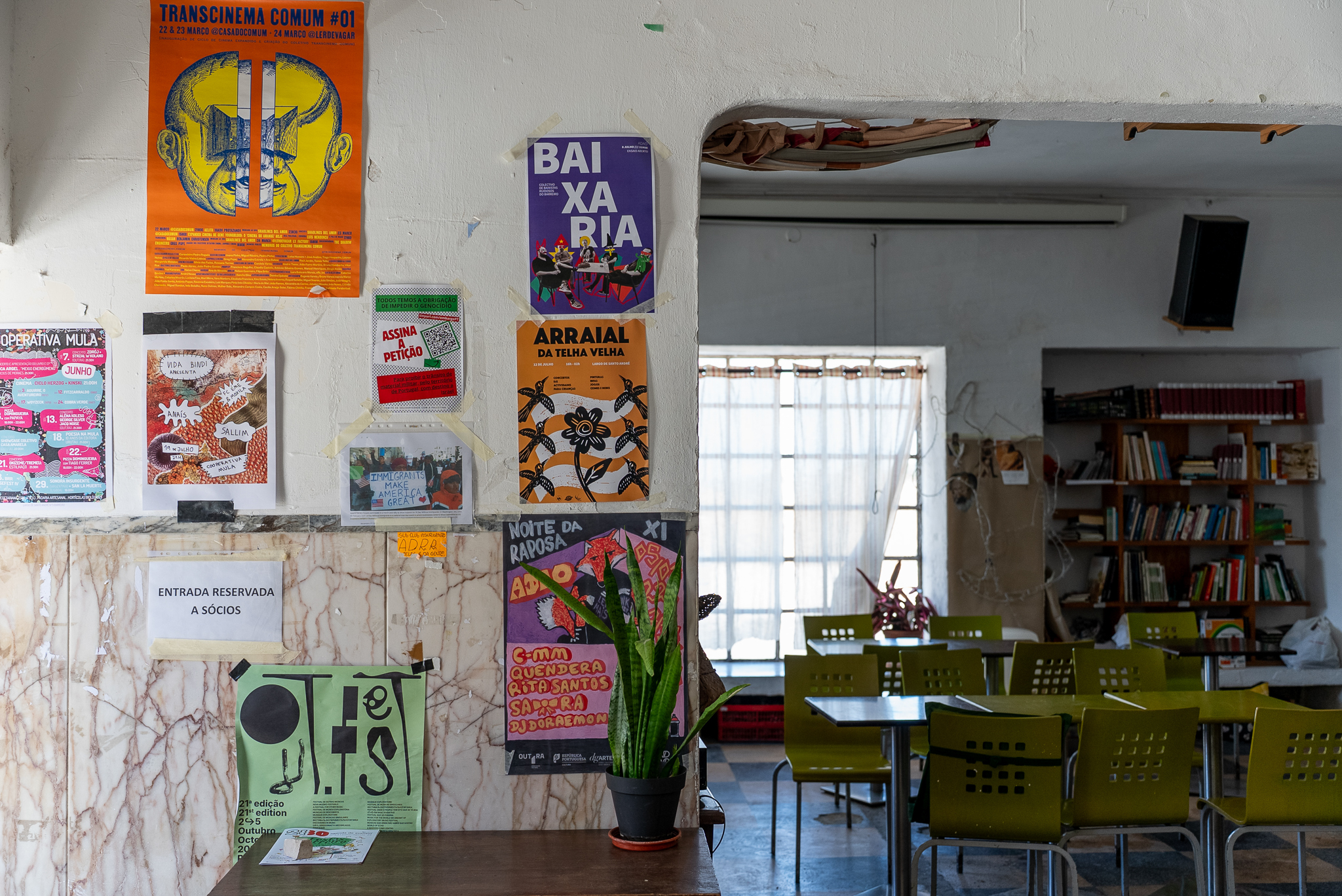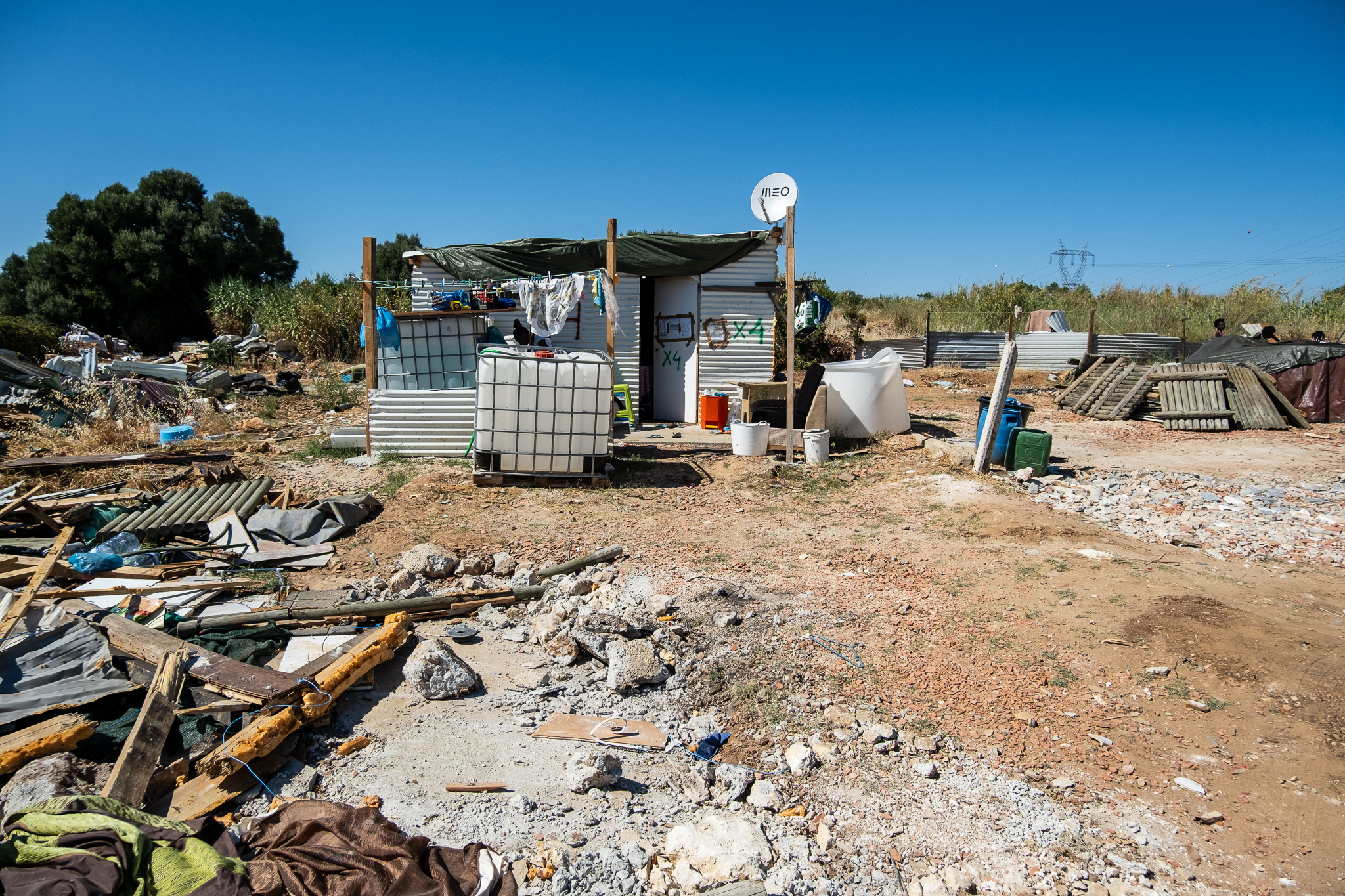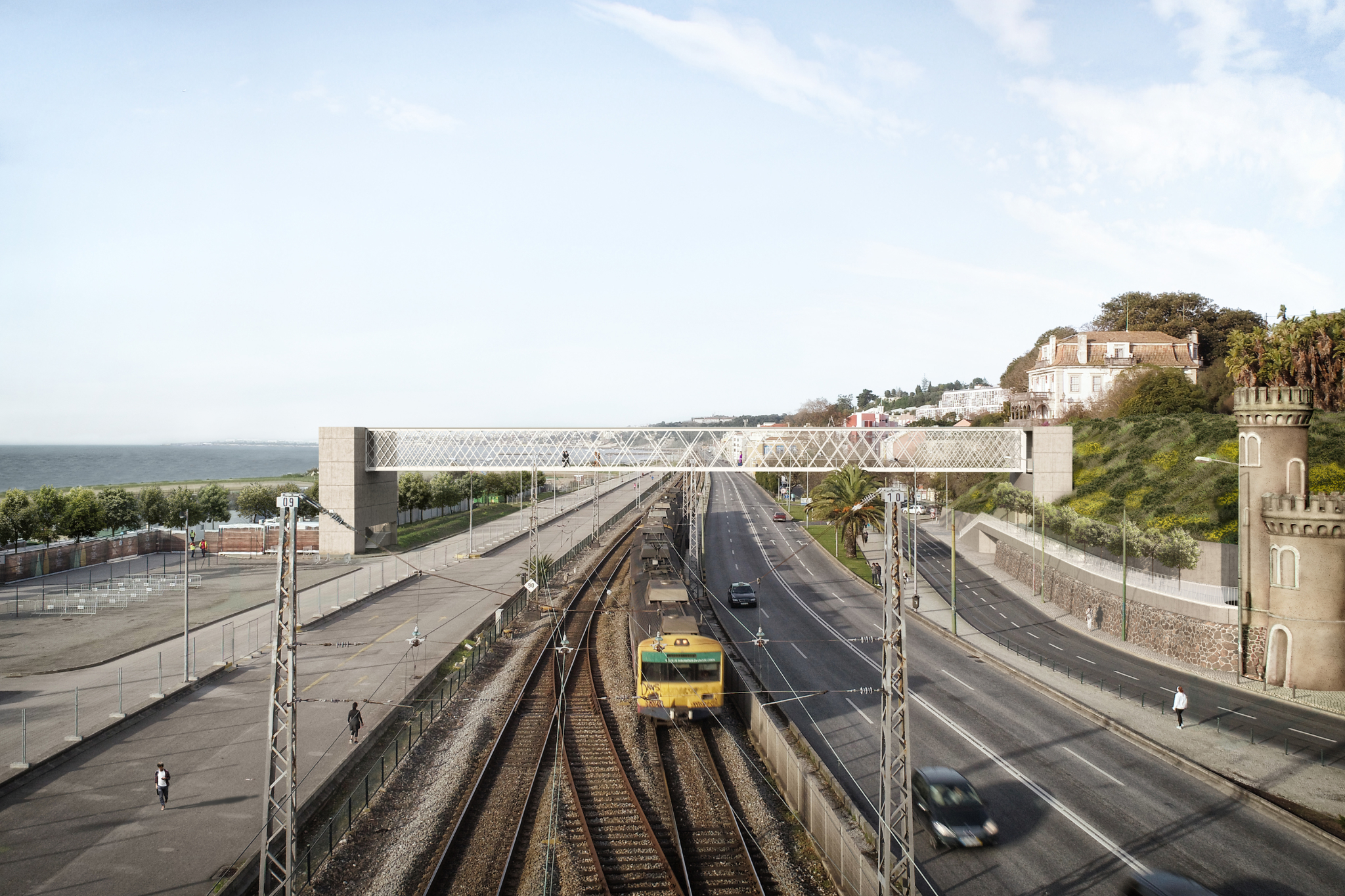It has been known since 2018 that the Yellow Line will run from Odivelas to downtown Lisbon, but a recent TVI news story has thrown media confusion around the future of the Lisbon Metro operation. In this article, we clarify the issue.

At the end of May, the TVI launched the meditative mess with one news item indicating that the government had done "a sudden reverse gear" on the circular line and that the project would now remain on paper. The news, misinformative, was echoed in other media organs; and led the current Minister of the Environment, Duarte Cordeiro, to launch a denial and the Prime Minister, António Costa, to also speak of the matter.
But will there really be a circular line after all? Or we will have a "looped line"with a direct connection from Odivelas to downtown Lisbon? We will have both solutions.
In this article we explain everything, but here is a quick summary:

- a Green Line will start to circulate in the new operation modelThis will connect Campo Grande to Cais do Sodré, with people being able to take trains both ways: for example, those in Campo Grande will be able to choose to travel towards Entrecampos, Saldanha and Marquês de Pombal; or towards Alvalade and Baixa-Chiado;
- a The Yellow Line will run between Telheiras and Odivelas, passing through Campo Grande. However, at least during the morning and afternoon rush hoursThe Yellow Line will run in parallel with the ring line, that is, the trains from Odivelas will not stop at Telheiras but continue to the city center;
- what is not known is how, concretely, this interleaving operation will be done. That is, if at peak hours the Odivelas trains will stop at Marquês de Pombal, Rato or Cais do Sodré and return, in one of these stations, back. If there will be an effective loop line, starting in Odivelas and ending in Telheiras, passing through Campo Grande and Cais do Sodré. Or if another circulation scheme will be designed. Everything is being analyzed by the Ministry of the Environment and Metro de Lisboa - or, at least, neither entity wants to present a final model yet.
A guarantee since 2018
The most important point is this: the Yellow Line at peak demand times in the morning and afternoon will continue to connect Odivelas to downtown Lisbon.

The confirmation has existed for at least five years. In June 2018 and in February 2019, the then Minister of the Environment, João Matos Fernandes, responsible for the Lisbon Metro, left in two meetings with the Mayor of Odivelas, Hugo Martins, the guarantee that the Yellow Line would be shared with the future circular line at least during peak hours, allowing a direct connection from Odivelas to the city center of Lisbon. "During the morning and afternoon hours, trains will always be guaranteed entry on the Yellow Line on the circular line itself. Throughout the day we will see, and also monitor when the work is completed, the pertinence of continuing to have these direct connections., explained Matos Fernandes to journalists after one of these meetings with the mayor of Odivelas. Hugo Martins has, since then, been transmitting this information to the councilmen and the population in several municipal meetings.
For his part, in February 2019, the then Assistant Secretary of State and Mobility, José Gomes Mendes (PS), wrote in the newspaper Público which "trains from Odivelas will be able to enter the new circular line and transport passengers to the city center, without transshipments". And he added the following: “About 36% of passengers who currently board at Odivelas do not continue their trip south of Campo Grande, either because they get off at the previous stations or because they leave at that station to switch to the Green Line. With the future configuration, those destined for the stations on the western side of the ring will be able to continue their journey on the Yellow Line train, without a transfer, while those heading for the stations on the eastern side of the ring will transfer at Campo Grande, as they already do today, but will now enjoy a frequency of trains under four minutes."
In December 2021, the President of Metro de Lisboa, Vítor Domingues dos Santos, who is still in office, reinforced that, "as the project is designed, the circular line and other movements are possible"The government of Antonio Costa has a final decision to make; but it has left the transport company's disagreement with the line-sharing model: "We consider that this is not an effective model of operation."
The very Environmental Impact Study of the Circular Line, a June 2018 document, made it quite evident: "Nevertheless, although the project includes the construction of two new viaducts in the Campo Grande area (...), the existing viaducts will not be deactivated. Trains originating in Odivelas may continue with the direct connection to Lisbon's central axis, just as those coming from Telheiras may continue with the direct connection to Av. Almirante Reis, should that change be justified."
In the same study of the circular line, two situations were compared: a closed ring between Campo Grande and Cais do Sodré and the separation of the Yellow Line for the route between Odivelas and Telheiras; or maintaining two independent lines, the Green Line (between Telheiras and Cais do Sodré) and the Yellow Line (extended from Rato to Cais do Sodré, passing through Odivelas). It was concluded that making a ring road was more advantageous, allowing 318 million passengers to be captured during the first 30 years of operation and nine million passengers in the first year - That is, 109 million more passengers in three decades and three million more in the first year than if the two independent lines were maintained.

Contracts leave everything open
None of the construction work currently underway on the circular line blocks this operating model. As mentioned, the two new viaducts in the Campo Grande area only add connections between the current Green and Yellow linesThe old viaducts will remain, so a train coming from Odivelas can still go to Rato but can also go to Telheiras, or a train coming from Rato can go to Odivelas or follow the way to Alvalade. However, an alternating operation between a circular model and another circulation model is not so simple to realize.
Fernando Santos e Silva, retired engineer from the Metro, explains to LPP that they are being new switchgear placed that will automatically allow the routes of the new circular lineThis means that a train from Cidade Universitária can go to Alvalade without human intervention. But if that train from Cidade Universitária wants to do a different route than the circular line and go to Odivelas, it will have to go at a reduced speed and there will have to be a human operator, in a control center, to trigger the change of direction. To automate this process, without the need for a person to intervene, it would have to be an additional investment in track changing equipment, which the specialist estimates at 10 million ("but I may be being pessimistic").
Santos e Silva also clarifies that it is not a good idea to interchange trains in different directions for safety and operational reasons - i.e. it's not a good idea to have round-line trains mixed with loop-line trains. The former Metro engineer suggests, as an alternative, operating a circular line model (with the apparatus in the deviated position) for a certain period of time and a loop line model (with those apparatus in the direct position) for another period of time. This is because Interleaving the two operation dynamics would have a direct impact on the intervals between trains, because additional time would be needed in the Campo Grande area to prove the safety conditions and for the movement of the switches and crossings. "The signaling system always establishes the safety conditions for train movement. In this case, it will stop the train from Odivelas before it reaches Campo Grande and, after the train coming from Cidade Universitária to Alvalade passes by, it confirms that the devices are in the correct position for the Odivelas train to move forward, this while preventing a new train coming from Alvalade from approaching"says the specialist.
Odivelas sings victory
The aforementioned TVI news story came after a statement sent by the Lumiar Borough Council to the newsrooms. On May 10, this local authority wrote the following: "The Lumiar Parish Council welcomes the assumption by the Minister of the Environment and Climate Action that the option of the circular line rather than the loop line is not yet closed, leaving the assurance that the work in progress allows to opt for either of the two solutions, still under evaluation. The loop line, the solution advocated by the Lumiar Parish Council is the only option that does not isolate the largest parish in the city of Lisbon."
The Lumiar Parish Council had just had a meeting with Duarte Cordeiro about the closure of the works in Campo Grande that closed the Telheiras station for two months and created chaos on the Green Line. It was a meeting similar to those that Odivelas had already had with the same ministry and in which similar guarantees were given. To LPP, Ricardo Mexia, Mayor of Lumiar, gave some more details about the meeting: said that the Minister of the Environment has expressed his availability to study a loop operation (which could take trains from Odivelas to Cais do Sodré and from here to Telheiras, and vice-versa), which would work in conjunction with the circular linebut he said that no details were discussed - because it is up to Metro de Lisboa to understand what can be done from a technical and safety point of view.

Mexia reaffirmed his disagreement with the circular line model for isolating three of the four metro stations in the parish - an idea that was expressed in the coalition's electoral program New Times for which he was elected (Carlos Moedas also defends the looped line).
The Lumiar Parish Council never spoke of a "reverse march", which was an interpretation of TVI. The news of the TV channel led to a quick denial from the Ministry of the Environment. In press releaseDuarte Cordeiro's office denied any setbacks and reiterated which “as intervenções em curso na estação do Campo Grande visam permitir a criação desta linha circular, sem colocar em causa a possibilidade de outros tipos de operação, como o funcionamento habitualmente designado pela expressão ‘em laço’ ou a combinação destes tipos de funcionamento”adding that "the decision on the operation model, simple or combined, will be defined in due time by Metro de Lisboa, supported by the demand and operation studies that will support it"..
For his part, the Prime Minister, António Costa, again stated that the circular line will coexist with a loop line, but only during peak hours. Costa was responding to Inês de Sousa Real, PAN deputy, in a debate in Parliament. "From the beginning it was defined that the circular line would allow, at least at rush hour, the entry and exit without transfer of those who come from the Odivelas line. The work is underway and the last thing that passes through anyone's mind is to stop a work that is underway"., referred to the head of government.

For the Mayor of Odivelas, the guarantees reaffirmed by the national executive are good news for the municipality he leads."When the new Minister of the Environment, Duarte Cordeiro, took office, I expressed my ambition that the loop line was still possible and feasible. I was promised that it would be studied"., advanced Hugo Martins (PS) at the town hall meeting on May 31, 2023. "So we started with a closed project of a circular line and amputation of the Yellow Line. We did our work last term and ensured that we shared the line at least during peak hours, even though it was said by all parties that I was not telling the truth and that the Minister was lying. We moved from that solution to the study also of a loop operation."
Hugo Martins doesn't know what operation will actually take place when all the works are finished, but he is sure that it will already "it was worth everything we did and all the civic movements" because there are now other possibilities on the table. "The offer that is most functional, the one that is best for people, will be the reality. In the limit, we may even realize that the best for people is the circular line with transfer"he summarized. "I never agreed with the Circular Line. The Odivelas PS never agreed with the Circular Line and we tried to minimize the impacts of its effectiveness"the Mayor of Odivelas also said at the May 31, 2023 meeting.

